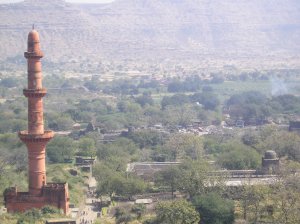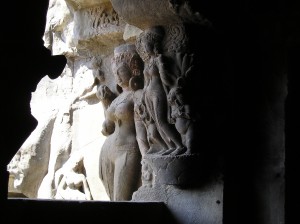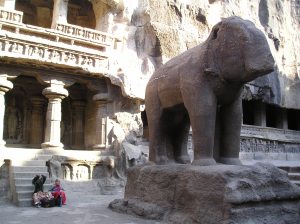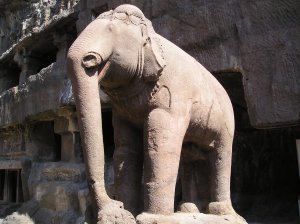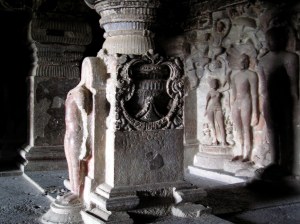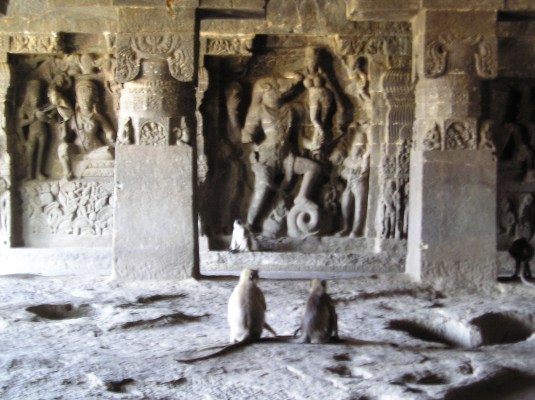The Congressional Budget Office released its report on the trends in household income distribution in the United States from 1979 to 2007 this month. The report, a dour-visaged, smug little document that bursts with tedious detail and persnickety clarification, received front-page coverage. In previous years the report would have garnered no more attention beyond stuffy boardrooms with crusty economists, but this year, the writers of the report were suddenly front page celebs, their work lasting on the front pages just long enough between Herman Cain’s 5th Beatle auditions and tikin Kardashian’s long-rumoured divorce.
Lugubrious-looking presenters repeated the report’s damning statistics – figures that provided the perfect justification for a nation’s simmering anger: the top 1% of American households had seen their after-tax income increase by 275% over the 28 years from 1979 – 2007. The bottom 20% had seen it increase at 18%. The vast middle class – income quintiles 2 and 3 – had seen an increase of less than 40%, and the remaining rich guys (80 – 99%) had seen a robust 65% growth. The report then goes on to document, in clear terms, what many of the people I speak to have acknowledge for some time : the United States is a deeply unequal society, and one that has been growing more unequal as years pass. The Gini coefficient is the statistical relationship between income share and population share for a given country. For smart economist-types, it is the area under a Lorenz curve plotting income share versus population share, and it should ideally tend towards zero (perfectly equal societies) and attempt not to tend towards one (perfectly unequal societies).
The OECD recently underwent a hand-wringing exercise about the rising inequality in their countries, but even while doing so, they commented on how the US was in the back of the pack not just in income inequality, but also in most of the six indicators necessary for social justice: poverty prevention, access to education. labor market inclusion, social cohesion and non-discrimination, health and inter generational justice (Social Justice in OECD Countries 2011). A growing chorus of reports are beginning to point out what people have begun to feel ever more acutely over the past couple of years: that America has become more unequal, and has spread the inequality unequally too. Thus poor blacks and hispanics have a rougher time than white Americans of a similar income category, and they score consistently lower on social justice parameters. America fares pretty poorly in the global inequality sweepstakes, coming in at 0.408 for income inequality, below India’s 0.368, and marginally worse that the Russian plutocracy at 0.399. These BRIC giants, traditionally hierarchical and unjust societies both, are shown to be more income-equal than the United States. At 0.408, the US has China (0.469), Brazil(0.55) and South Africa (0.578) among its list of comparably unequal friends, some consolation before the list completely degenerates into egalitarian nightmares like Haiti (0.59) and Mexico (0.516).
Needless to mention, a whole bunch of cassandras has crawled out of the woodwork: established hacks, young scribes, pundits, professors: all waving some article with an I-told-you-so moment from four, maybe six years back: their bosoms puffed, recognised at long last for their prescience. Respected periodicals have made American Decline the focus of ongoing journalistic memes, making me wonder whether they were, displaying classic American entrepreneurship, deciding to make the most of a good trend and ride out the crest of bad news with more eyeball-grabbing, and thus more newspaper profits 🙂
But occasional stories send a chill down my spine, leaving me shaken and afraid. According to a recent book titled “With Liberty and Justice for Some” by Glenn Greenwald, a prominent lawyer-journalist, citizen liberty lies trampled in modern-day America, an empire forever battling against real and manufactured djinns in a far-off desert, and there is serious reason to suspect that political interest has derailed the very process of law-making, creating an unequal two-tiered justice system where “political and financial elites are now vested with virtually absolute immunity from the rule of law even when they are caught committing egregious crimes, while ordinary Americans are subjected to the world’s largest and one of its harshest and most merciless penal states even for trivial offenses”.
Many people are calling today’s youth a “Lost Generation“, and warn that just as the retreating tide drags down all boats, the absolutely poor have had a miserable time in America over the last 10 years. Who are the poor? The census bureau figures state that households (of 4) earning $22,113 or less a year, or alternately single persons earning 11,334 or less a year are designated as poor. The rising levels of poverty over the last ten years have led to a total estimated number today of 46 million poor – more than 15% of the population – a rising graph that stands at an almost 20-year high. The swelling ranks of the poor that have been added in the last decade, bookended by two bursting bubbles and an anemic recovery in the middle are disproportionately minority (black, hispanic) and indiscriminately urban. This has caused some commentators to use the term “Lost Decade” to refer to the naughties, a pejorative commonly reserved for the Japanese downfall in the 1990’s.
How did it come to this? How did the decade, which began with George Bush’s fateful anointing as commander-in-chief and a rapidly swelling dotcom bubble, finally come to rest in the winter of discontent that is today: burnt, broken and utterly bereft? Why are the swollen ranks of the unemployed (itself near historic numbers at over 9%) spilling out onto the streets and carrying out civil disobedience movements across the country? Why do most respected commentators and even regular citizens have such a pervasively dismal view for the future of this country? Why does one political party make politics a personal contact sport, demeaning democracy, obstructing legislation, fomenting suspicion and obfuscation in the public space, and use every opportunity to pillory the President, often to the detriment of its own image in the country?
I believe the answer is War. Conflict is like a poison, and America’s unjust wars over the past decade have finally come home to roost, leaving a 3-4 (maybe 4-5! Who knows?) trillion hole in the country’s finances. The effect of this jingoistic hatred, this illusion of imminent threat, not to mention this Goliath-sized tab – is toxic and corrosive. A certain suspicion and fear has invaded the American mindspace, occupied center stage, and altered public discourse adroitly – manipulating national opinion so skilfully that noone is the US thinks it amiss that the sole superpower in the world is militarily engaged in 97 countries across the world, policing an arc of instability in the middle east with its secret bases lodged deep in pliant Arab countries. These countries, ruled by autocratic, non-democratic Arab leaders, are unlikely to do a Mubarak, or a Gaddafi anytime soon, central as they are to the supply of cheap and abundant oil to the US.
Because ultimately, that’s what its all about, and we all know it. As She put it so eloquently with her sardonic chuckle “Any which way you look at it: Oil is the Turtle, baby: and its Turtles all the way down.”
Next Post: War and the American Empire

